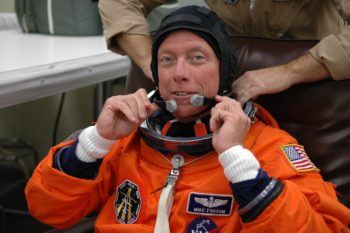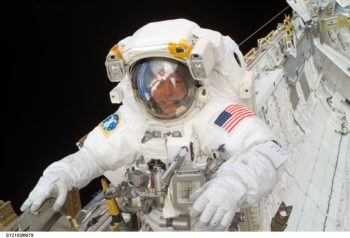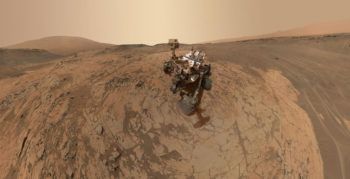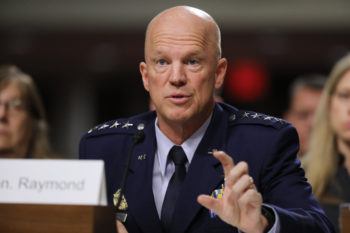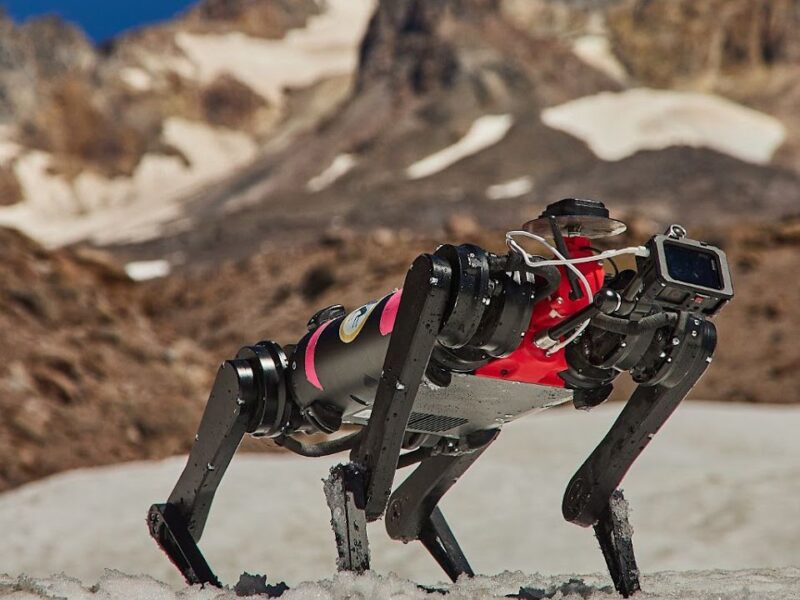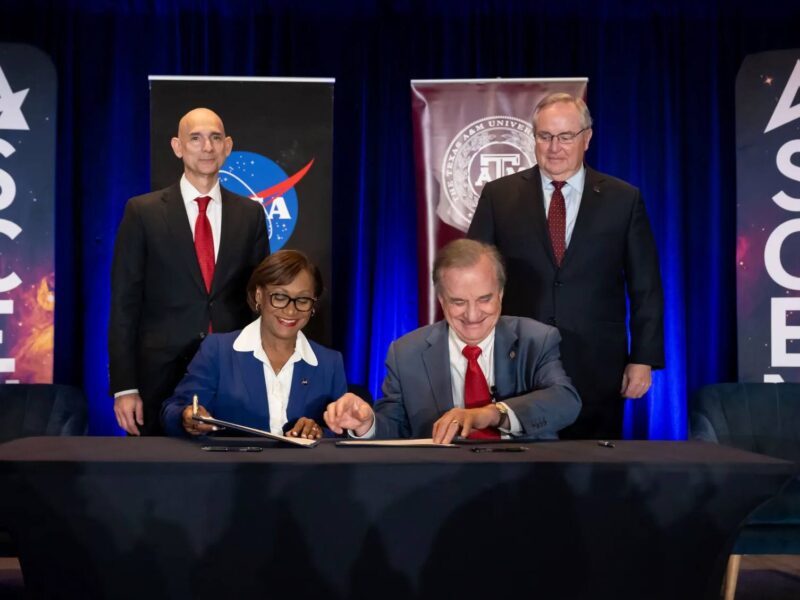Former Astronaut Michael Fossum Reflects On Apollo 11, The Future Of Space Travel
Col. Michael Fossum is chief operating officer of Texas A&M University at Galveston and also serves as executive professor of maritime administration. He is a 1980 graduate of Texas A&M, a retired Air Force colonel and astronaut.
While at NASA he conducted three space flights totaling 194 days in space that included 48 hours of space walks. He offers his thoughts on the 50th anniversary of the Apollo 11 moon landing, what it meant to him personally and the future of U.S. space exploration.
What are your thoughts on the 50th anniversary of the U.S. landing on the moon?
I think it was important at that time for our country to prove we had the technological capability and willpower to be the first to achieve this audacious goal. But I believe the best thing for me personally was when an 11-year old dreamer walked out into the backyard and stared up at the moon in wonder with the knowledge there were actually Americans on the surface of that glowing rock looking back at Earth. It was shortly after that night that I vowed to reach for the stars. That dream – however improbable – motivated me to pursue a path to make it come true.
What was the hardest part of the whole moon project?
On a big scale, designing and building the lunar lander which had little margin for error with less computing power than we have in our cell phones today.
On a small scale, the need to conserve weight, volume, and power in the onboard computers led to the development of integrated circuits which later completely revolutionized all electronic devices.
What are your thoughts about putting a base on the moon as is now being discussed?
We have most of the engineering knowledge required to build a base on the moon, but it will be expensive. The moon is a harsh environment with no food, and essentials like oxygen and water will be very difficult to extract. Our first lunar base will depend heavily on supplies from Earth, so it will probably be more like the research bases located in Antarctica. After only six short-duration Apollo missions to the surface of the moon, we have many unanswered questions and much to learn. This will also force us to continue to develop and test critical technology which will be essential when we eventually reach out to put human footprints on Mars.
When do you think a woman will be on the moon?
I absolutely believe women will be on the next crew to land on the moon. Whereas early astronauts were all male military test pilots, our female astronauts over the last 40 years at NASA have clearly demonstrated there are no limits.
What about going beyond the moon, to Mars or another planet – how difficult will that be?
Humans will someday leave footprints on Mars, but Mars is very hard. A spacecraft can reach the moon in three days, but a mission to Mars will likely require 2-3 years. This will require a lot of supplies and very reliable systems. Today we are using the International Space Station to learn how to keep humans healthy for an extended time in space and we continue to develop more reliable life support systems which require less maintenance and logistical support from Earth, but we have a long way to go.
While watching the Apollo missions, I knew Mars would be our next destination and I started building my Mars information notebook, because I dreamed of performing that mission myself. At the time, it was believed we could do this within 30 years. Now – 50 years later – it seems this dream is still 20-30 years away. My dreams of putting those first footsteps in the rusty red soil of Mars have now metamorphosed into helping inspire and enable the next generation of explorers who will make that incredible journey.
Will space one day be a new battleground for countries on Earth?
Our growing dependence on space for communications and navigation is also a potential weakness which could be exploited by a hostile enemy with extraordinary consequences. Whether we want to admit it or not, space will be a future battleground.
If you could have gone to the moon, what personal objects would you have taken in your bag as many astronauts (including yourself) have?
My Aggie Ring, which has traveled over 77 million miles during my 194 days in space, would definitely have been on my hand, as would my late father’s wedding ring, which I wear. Photos of my beautiful Aggie bride, Melanie, Texas A&M Class of 1980, our four children, and six grandchildren would be with me along with a personal item for each. Also a small, lightweight collection of Aggie, Scouting, and religious items, as well as some Texas and U.S. flags.
Media contacts:
- Rebecca Watts, Texas A&M-Galveston Marketing and Communications, at (409) 740-4840, rwatts@tamug.edu
- Keith Randall, Texas A&M Marketing and Communications, at (979) 845-4644 or keith-randall@tamu.edu
